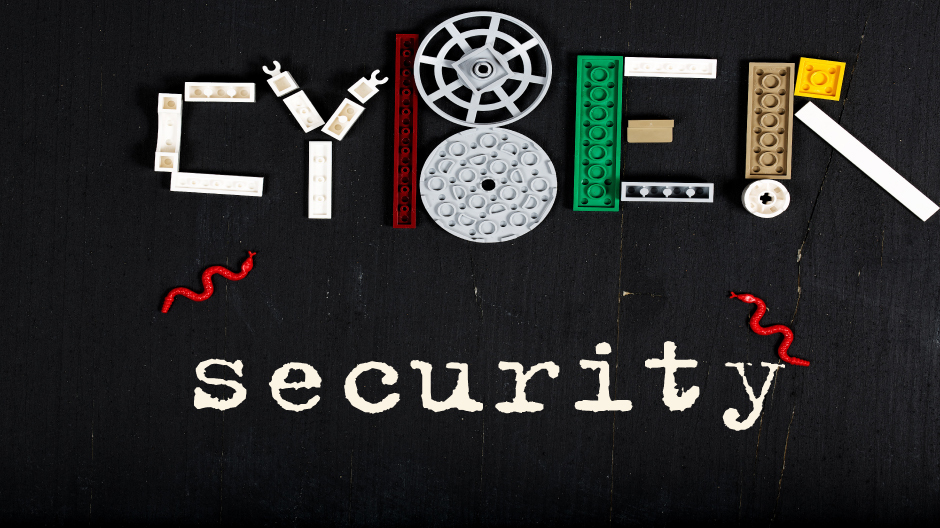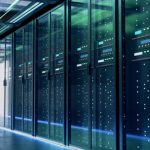This month, Cyber Security Awareness Month is an important opportunity for businesses to reevaluate, strengthen, and improve their cybersecurity plans. The month is a one-of-a-kind chance for chief information security officers (CISOs) to bring attention to the importance of cybersecurity and shed light on all of the laborious work that is typically not visible. During the month of October, awareness is not the only focus. Therefore, it is necessary to actively engage employees at all levels of the organization to ensure that everyone is aware of their part in ensuring that the firm’s security posture is maintained.

There has never been a time when cybersecurity has been more critical than it is now, as the threat landscape is becoming increasingly complex and threat actors are becoming cleverer. Therefore, make use of the month of October as a launchpad to reinforce the human firewall of your firm. It is important to make the most of the momentum that is generated during this particular month to establish the foundation for a more secure and resilient business throughout the entire year.
Can You Explain What Cyber Awareness Is?
A consistent grasp of the cyber hazards that are encountered in day-to-day encounters is the practice that is referred to as cyber awareness. All facets of an individual’s behavior, both in their professional and personal lives, are susceptible to these hazards, which are widespread and all-encompassing.
A human antivirus, in other words, is analogous to cyber awareness since it evaluates interactions in real time and notifies the user anytime something appears to be out of place. As is the case with antivirus software, cyber awareness needs to be updated on a regular basis in order to remain current with the most recent dangers.
What Justifies the Importance of Cyber Awareness?
Providing protection for the information and systems that are utilized in both the professional and personal lives of employees is the primary motivation behind cyber awareness. Just imagine that the information or access to the system of an employee has been compromised. There is the potential for a wide range of repercussions, including the personal information of the individual being sold on the dark web, the individual’s business being hacked, or money being stolen through blackmail or malware.
- Passwords should be strong
A strong password is one that is long, random, has all four types of letters (uppercase, lowercase, numbers, and symbols), and is not shared with anyone else. In order to assist you in developing secure passwords for each of your accounts, password managers are an extremely useful tool. In spite of the fact that it can be a hassle for all of us who use the internet to generate, save, and remember passwords, the fact of the matter is that passwords are your first line of defense against cybercriminals and data breaches.
Free password managers that are easy to use make it far simpler than ever before to keep track of all of your passwords. You can ensure your safety while using the internet for many years to come by thinking ahead just a few moments today.
- Multi-factor authentication should be activated
Using multi-factor authentication makes it much less likely that your online accounts will be hacked. Set up multi-factor authentication on all your internet accounts, not just email, social media, and finances. Multi-factor authentication is often abbreviated MFA. Two-factor authentication or two-step verification are other names for this authentication. Multi-factor authentication, requires account loggers to prove their identity in multiple ways. Your login and password will usually be required, along with a fingerprint or text message response.
Using multi-factor authentication for a device or account requires more verification when signing in. Both your login and password are needed. You will need more identification when these are verified. For instance, your smartphone may use a facial scan for recognition. Other online accounts may send you a one-time use code by phone or email. This code must be entered within a certain timeframe. Some accounts require separate authenticator software.
- Identify and report instances of phishing
Phishing is a form of communication in which criminals send you a phony email, post on social media, or send you a direct message with the intention of tricking you into downloading a dangerous attachment or clicking on a hazardous link. Your personal information may be accessed by hackers if you click on a link or file that is part of a phishing scam. It is also possible for malware to be installed on your device through a phishing scheme. Even so, there is no reason to be afraid of your inbox.
Fortunately, it is simple to avoid falling victim to a scam email; however, this is only the case if you are aware of what to look for. If you have some information, you can give the phishers a run for their money every day. It is important to exercise caution while receiving unwanted texts that request personal information. If you are not familiar with the source, you should avoid providing important information or credentials to them. Phishing efforts should be reported, and the communication should be deleted.
- Regularly update software
The protection of their customers and the products they create is a daily priority for developers of software and mobile applications. In spite of the fact that they have never been penetrated before, they are always looking for signs that hackers are attempting to break into their systems or they are looking for vulnerabilities that could allow thieves to come in. Respectable software firms offer updates on a regular basis in order to address these problems and enhance the level of security for all of their customers who use their services.
In addition to ensuring that you have access to the most recent features and enhancements, installing the most recent updates for your devices, software, and applications not only provides you with the highest level of protection that is currently available. There is no need to be concerned; updating software is simple, and you can even set it to run automatically. The most effective method for ensuring that your devices are equipped with the most recent security patches and upgrades is to check that your software is operating at the most recent version. When automated updates are not available, it is important to check for updates on a regular basis.
Ways To Raise Cybersecurity Awareness In 2024-
- Utilize Reminders Displayed Visually for Cybersecurity
Reminding employees of their cybersecurity obligations can be accomplished through the use of visual cues, regardless of whether they are working in a corporate office, in client locations, or at home. Employers who have staff who work from an office can utilize flyers or posters as visual reminders for their personnel.
In the event that workers work from home, it is possible to incorporate cybersecurity into the virtual backgrounds that employees utilize when participating in video chats. You may also provide your staff who operate from client sites with laptop stickers or other types of corporate swag that will remind not only your employees but also your clients of your company.
- Policy on Cybersecurity Should Be Clearly Defined and Distributed
It is only the people who adhere to policies that determine how effective they are. You need to make sure that every policy in your cybersecurity policy suite is up to date, attainable, and most importantly, accessible. This will ensure that your policy suite is as effective as we can make it. It should be mandatory for employees to sign off on a yearly basis that they have read and approved major cybersecurity policies, and they should also be assessed on these policies through mandatory cybersecurity training exercises. A large amount of time is saved throughout the process of requirements analysis and policy generation when a training program and policy generator are utilized.
- Create a Customized Training Program for Required Exercises
Receiving training that is geared for the general public is perhaps the worst possible experience. This is the kind of training that allows you to check off compliance boxes, but it fails to genuinely train staff in any meaningful way. In particular, when a large number of employees just rush through the training, skipping over all of the instructions and going right to the answers. Providing your employees with obligatory training that is tailored to their specific roles and respective skill levels is an excellent method to guarantee that they will really acquire valuable content from the training.
When it comes to the function that an employee plays, specialist training can be utilized for employee roles that are more specialized. For example, software developers can receive training in secure software development. Depending on the amount of expertise that an employee possesses, they may be able to obtain training on increasingly difficult and intriguing subjects as they demonstrate that they have a fundamental understanding of cybersecurity. You will not only cover the fundamentals if you adhere to this strategy, but you will also boost staff engagement and, more crucially, employee satisfaction.
- Newsletters About Cybersecurity should be sent out monthly
Newsletters sent out on a monthly basis are an excellent method for disseminating to an organization’s complete workforce the most recent cybersecurity news, advice, case studies, policy updates, and forthcoming opportunities. Newsletters sent out on a monthly basis are another way to keep cybersecurity at the forefront of people’s minds.
Conclusion-
There is always more that can be done to build a positive culture of cyber awareness in your company, and the initiatives that are listed in this article cannot be considered exhaustive. You should make decisions that are in the best interest of your company, taking into account your personal requirements, potential dangers, and anticipated results. This can include implementing some of the projects but not all of them, or it might involve doubling down on particular initiatives. One thing is certain: it is not going to hurt to give it a shot. Experimenting with each project and eliminating those that aren’t beneficial or sustainable is the first step that we advocate taking.



